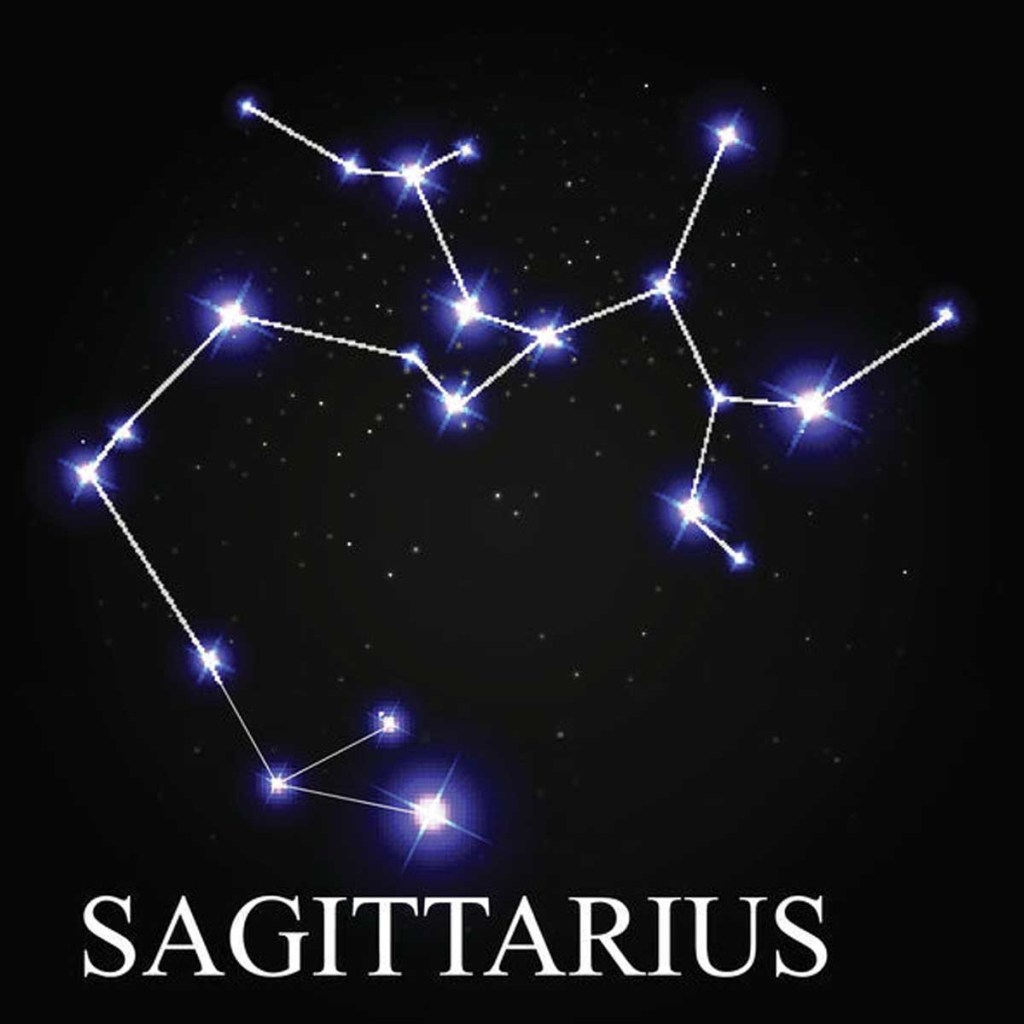Look Up at the Summer Stars
Published 10:19 am Sunday, July 3, 2016

- Sagittarius Zodiac Sign with Beautiful Bright Stars on the Background of Cosmic Sky Vector Illustration EPS10
Throughout history, we have gazed upon the stars and wondered what they are. With recent advances in science and technology, we have ventured into space and penetrated further into the depths of the universe than any generation before us, but this pastime is nearly as old as history itself.
In ancient Babylonia, around 1000 BC, people noted the period pattern of the stars and charted their movements. Babylonians also came up with versions of the constellations, both the mythology and the zodiac, and Greeks adapted them for their mythology, which is better known today.
If you find yourself gazing up some summer night, keep an eye out for these constellations that are only with us in the summer.
Lyra
‘Lyra’ is the Latin word for lyre, and was thought by the ancient Greeks to be the instrument of Orpheus, whose music was so powerful that even inanimate objects could be charmed. This small constellation can be seen from spring to autumn, and in the summer it’s directly overhead. Vega is the brightest star in Lyra, but it’s also one of the brightest objects in our night sky and is also relatively nearby (a mere 25 light-years from Earth). It has been extensively studied by astronomers.
The constellation of Cygnus is often depicted as a swan in flight, though which swan is anybody’s guess – numerous figures in Greek mythology turned into swans at some point, including Zeus. In Ovid’s Metamorphoses, no fewer than three different people named Cygnus are transformed into swans. Because the stars in this constellation form two intersecting lines, it is also known as the Northern Cross.
Hercules
Hercules is a major player in modern perceptions of Greek mythology, and the size of the constellation reflects that. This constellation is the fifth largest of the 88 officially recognized by the International Astronomical Union. This constellation depicts Hercules on his knees, an odd position for a demigod. The mythological Hercules also has not always been associated with this constellation. In Babylonian times, it was known as ‘The Kneeler,’ and earlier Greek writings refer to this constellation as an anonymous man on his knees.
Sagitta
Sagitta is the arrow, a very small constellation not to be confused with Sagittarius, the archer of the zodiac. This constellation is very distinctly shaped, and can be seen everywhere on Earth except the Antarctic Circle. Many ancient cultures, not just the Greeks and Romans, named this constellation after an arrow in their own languages.
Scorpius
Scorpius is one of the zodiac, representing those born between October 23and November 21. This constellation depicts the scorpion that killed Orion, whose constellation “hides” from the scorpion and can only be seen in the winter. At the heart of the scorpion is the star Antares, a red supergiant that is known as the “rival of Mars” for its hue.
Sagitarius
Sagittarius is the archer, a centaur with an arrow poised at the heart of Scorpius, the star Antares. It is also one of the zodiac, representing those born between November 22 and December 21. Towards this constellation lies the center of the Milky Way galaxy. On a clear night far from urban light pollution, the star clouds of the galaxy (the white swirls that give the Milky Way its name) appear thick in this part of the sky.
© Content That Works




